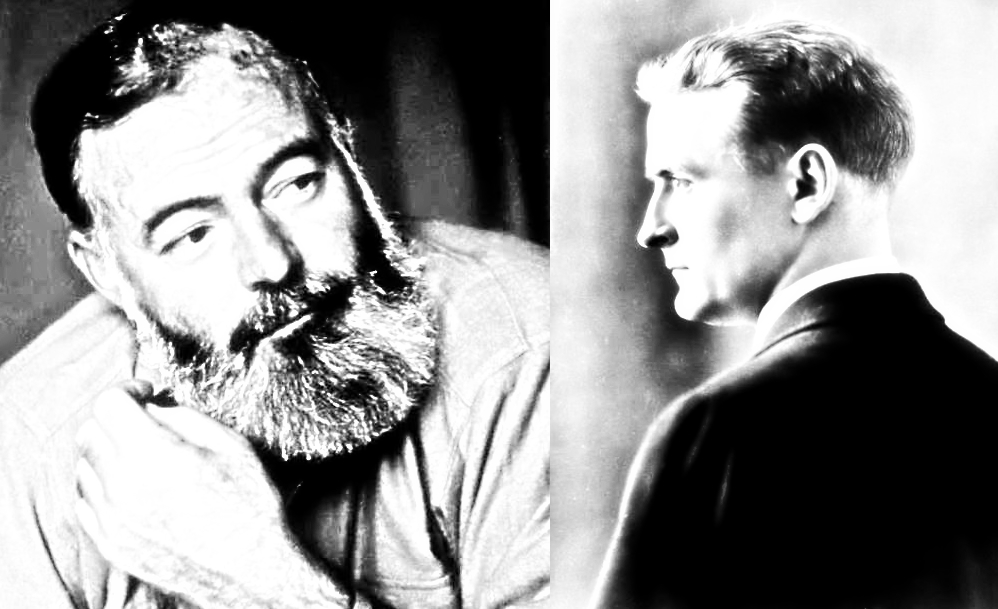Blink, and you’ll miss it. The images flash in your mind, and you can see the stars, a forest, or a sunset on a beautiful evening. The sounds come alive too. You can hear the crickets or the droplets of water falling onto a steel bucket near the shed after a recent rain. The smells of fresh rain and leaves waft through your nose, and you can feel the autumn chill on your skin. It’s time to put on a warm, wool sweater.
Imagery is at its best in writing, especially when executed perfectly. Today on the blog, we are going to define imagery, explore how to use it, and understand why it is an important component of writing.
Defining Imagery
Imagery is a blend of various elements, encompassing the types of language we employ and how we employ it. Some sources define imagery as language designed to be vivid and to engage a reader’s senses. According to Del Mar College, “In literature, imagery refers to words that trigger the reader to recall images or mental pictures, engaging one of the five senses… Imagery is one of the most powerful literary techniques because it connects with the reader’s personal experiences or memories.” Therefore, imagery can be described as the “mental images” conjured in a reader’s mind while they read.
Using Imagery in Writing
As writers, we often use language that appeals to sight, hearing, smell, touch, or taste to make an event or scene more tangible to the reader. This is referred to as using sensory language. In the introduction, I attempted to describe a scene that is familiar to most people without overdoing it. We can see, hear, and smell that scene with minimal effort.
In this approach, we must “show” rather than “tell,” which means we should describe an experience instead of simply narrating it. For example:
- He walked into a room in mid-December and grabbed a book off the old shelf before he left.
Versus
- The creaky old door greeted him as he entered the acrid-smelling room. The books on the shelf had damaged bindings and moth-eaten exteriors. He noticed one book had no binding at all, and a shiver ran up his spine as the cold seemed to creep in. He hurriedly left the room, slamming the ancient door shut behind him in a plume of dust.
Another effective approach to employing imagery is by using figurative language. Similes and metaphors create vivid comparisons:
Metaphor: The trees danced in the wind.
Simile: The trees danced like the wind was their music.
In both cases, a clear picture is painted; the trees are moving in the wind. Additionally, employing onomatopoeia and hyperbole can add sound effects and exaggeration to make our writing more engaging.
Conclusion
In conclusion, when writing, we should be mindful of the mental images we are creating for our audience. Readers appreciate descriptions, but not just any descriptions—they should be accurate and purposeful. Imagery should bring us closer to conveying our message, not further away. If you feel that your descriptions are not effectively conveying your message or if they seem dull, consider implementing imagery techniques such as similes, metaphors, or sensory descriptions.







